As we age, staying physically active becomes more important — but also more challenging. The good news is that yoga is one of the safest, most effective ways for seniors to maintain strength, flexibility, balance, and peace of mind. You don’t need to twist, bend deeply, or get on the floor if that feels uncomfortable. A gentle yoga flow is enough to keep your body moving and your joints feeling free.
This article will guide you through a safe and beginner-friendly yoga flow for seniors, explain its benefits, and share tips to help you practice confidently at any age.
🌿 Why Yoga is Perfect for Seniors
Many forms of exercise are too intense or high-impact for aging joints and bones. But yoga offers:
- ✅ Low-impact movement
- ✅ Improves flexibility and balance
- ✅ Boosts circulation and heart health
- ✅ Strengthens muscles safely
- ✅ Calms the nervous system and reduces stress
- ✅ Supports better sleep, digestion, and posture
Best of all, yoga can be adapted to meet your needs — whether seated in a chair, standing with support, or lying on a mat.
🧘 What is a Gentle Yoga Flow?
A “flow” in yoga means moving from one pose to the next slowly and with your breath. A gentle yoga flow for seniors focuses on:
- Easy transitions
- Longer holds with support
- No strain on joints
- Deep breathing
- Relaxing the body and calming the mind
Even if you’re a complete beginner or have mobility limitations, this type of yoga is accessible — and healing.
🪑 Preparing for Your Practice
Here’s what you’ll need:
- A yoga mat or carpeted surface
- A sturdy chair without arms (if doing chair yoga)
- A yoga strap or belt (optional)
- A pillow or cushion for comfort
- Comfortable, stretchy clothes
- Water nearby
Tip: Clear a quiet, clutter-free space and practice near a wall or furniture for balance if needed.
🌞 Gentle Yoga Flow for Seniors (10–15 Minutes)
This sequence includes 7 poses and is suitable for beginners or older adults. You can perform it on the mat or modify it using a chair.
1. Seated Mountain Pose (Tadasana)
Purpose: Improves posture, breathing, and body awareness
How to Do It:
- Sit on a chair with feet flat, spine tall
- Place hands on thighs, palms down
- Inhale deeply through the nose, exhale slowly
- Feel your chest lift and shoulders soften
Hold for 5–8 breaths.
Modification: Do it standing if you’re steady on your feet.
2. Neck and Shoulder Rolls
Purpose: Loosens neck tension, improves circulation
How to Do It:
- Inhale and gently roll your shoulders up
- Exhale, roll them down and back
- Repeat 5 times, then switch directions
- Slowly tilt head side to side and forward, holding each for a few breaths
Note: Avoid rolling your neck in full circles — move mindfully and gently.
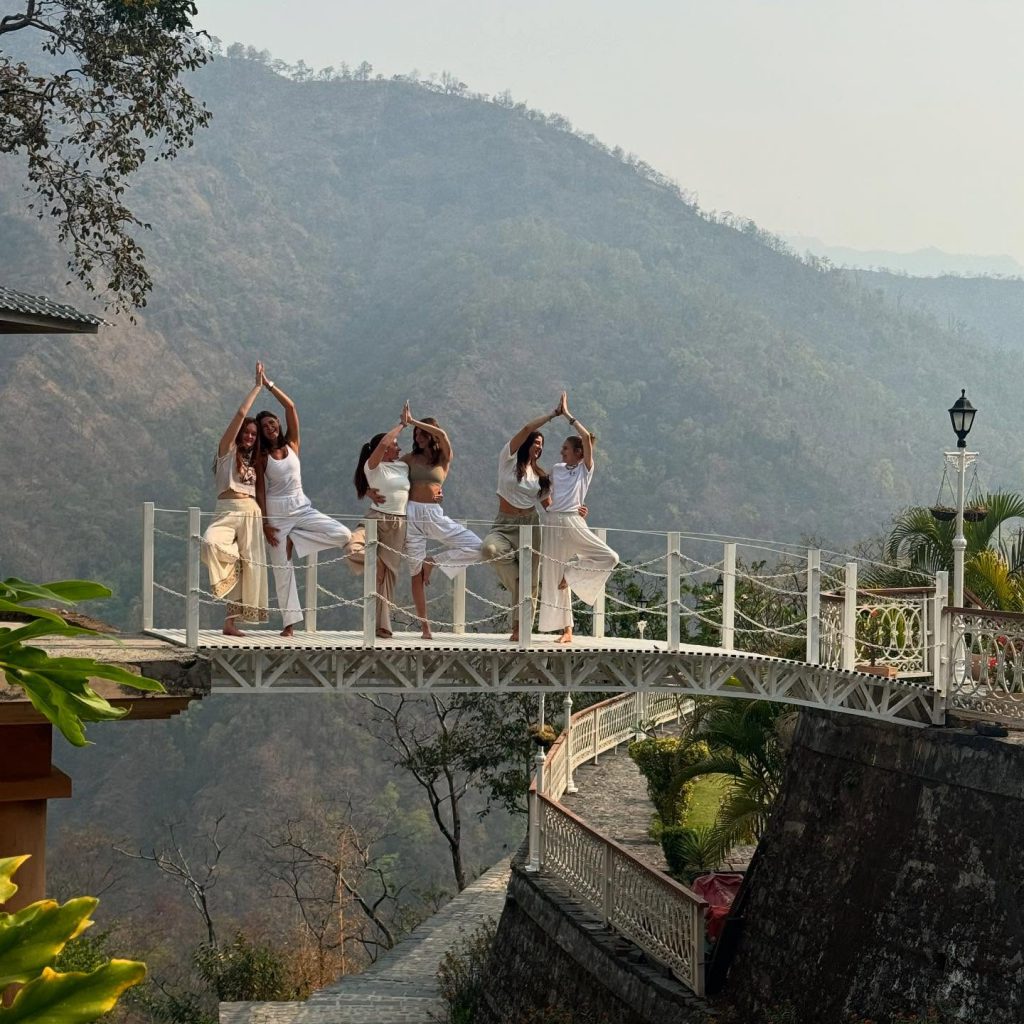
3. Seated Cat-Cow Stretch
Purpose: Warms up the spine and improves mobility
How to Do It:
- Sit upright on a chair
- Inhale: Arch your back, lift your chest (Cow)
- Exhale: Round your spine, tuck chin (Cat)
- Repeat slowly 6–8 times
Why It Helps: Keeps the spine mobile and helps reduce back stiffness.
4. Seated or Standing Side Stretch
Purpose: Stretches sides of the body, improves breathing
How to Do It:
- Inhale: Raise one arm overhead
- Exhale: Gently lean to the opposite side
- Keep both sitting bones grounded
- Hold for 3–5 breaths, then switch sides
Tip: Use your opposite hand to support your balance on the chair or thigh.
5. Chair-Assisted Warrior II Pose
Purpose: Builds leg strength and stability
How to Do It (with Chair):
- Sit sideways on a chair
- Extend your front leg (knee over ankle), and stretch your back leg behind you
- Open arms wide, parallel to the floor
- Gaze over your front hand
- Hold for 5 breaths, then switch sides
Why It Helps: Improves leg strength, balance, and posture — key for fall prevention.
6. Ankle Rolls and Toe Flexes
Purpose: Promotes circulation and joint mobility in the feet
How to Do It:
- Sit comfortably
- Lift one foot and rotate the ankle 5 times in each direction
- Point and flex your toes
- Repeat on the other foot
Tip: Great to do daily to help with blood flow and prevent foot stiffness.
7. Seated Forward Fold (Relaxation Pose)
Purpose: Calms the mind, stretches the back and hamstrings
How to Do It:
- Sit tall with knees wide
- Hinge forward from the hips
- Let your hands rest on your thighs, a pillow, or the floor
- Tuck your chin slightly and breathe deeply
Stay for 5–8 breaths or longer.
BONUS: Legs Up on a Chair or Wall
Purpose: Deep relaxation, reduces swelling in legs
How to Do It:
- Lie down on your back near a chair
- Rest your calves on the seat of the chair
- Place arms by your side, palms up
- Close your eyes and breathe slowly
Stay for 5–10 minutes to fully relax the body.
🕰 Suggested Schedule
Even 10–15 minutes per day can make a big difference. Try this plan:
- 3–5 days a week: Gentle yoga flow
- Daily: Ankle rolls, neck/shoulder stretches
- 1–2 days a week: Longer relaxation or “legs up” pose
You can also add short breathing practices or guided meditation to deepen your benefits.
🧠 Safety Tips for Seniors Practicing Yoga
- Always move slowly and mindfully
- Avoid holding your breath — keep it smooth and steady
- Don’t push through sharp pain or dizziness
- Use a chair, wall, or blocks for support
- Keep a bottle of water nearby
- Talk to your doctor if you have balance issues, joint replacements, or other medical conditions
Remember: yoga should feel good — not like a workout or strain. The goal is to feel more comfortable and relaxed, not tired or sore.
🧘♂️ Benefits You’ll Begin to Notice
Most seniors who practice yoga regularly report:
- Better sleep and reduced tension
- More confident posture and balance
- Less joint stiffness and muscle tightness
- Clearer thinking and a calmer mood
- Stronger legs and more stable walking
- A sense of joy and connection to their bodies again
Even after just a few sessions, you may notice more ease in everyday activities like walking, standing, or reaching overhead.
💬 Common Questions
❓ Can I still do yoga if I’ve never exercised much before?
Yes! Gentle yoga is beginner-friendly and low-impact. You can start slowly and modify everything.
❓ What if I have arthritis or joint pain?
Yoga can actually help reduce joint pain over time. Choose slow movements and use plenty of support — avoid deep stretches or extreme positions.
❓ Do I need a yoga teacher?
Not always. You can start at home with videos or this flow. But a senior-friendly class (in person or online) may help with guidance and motivation.
❓ What if I can’t get down to the floor?
Chair yoga is perfect for you. All poses can be adapted — flexibility or mobility limits should never hold you back.
🧘 Conclusion: It’s Never Too Late to Start
Yoga is a gift — one you can open at any age. Even if you’re in your 60s, 70s, or 80s, practicing gentle yoga regularly can help you stay active, independent, and joyful in your body.
Start slow. Listen to your breath. Use support. And remember: every stretch, every pose, every breath brings you one step closer to a more relaxed, mobile, and confident version of yourself.

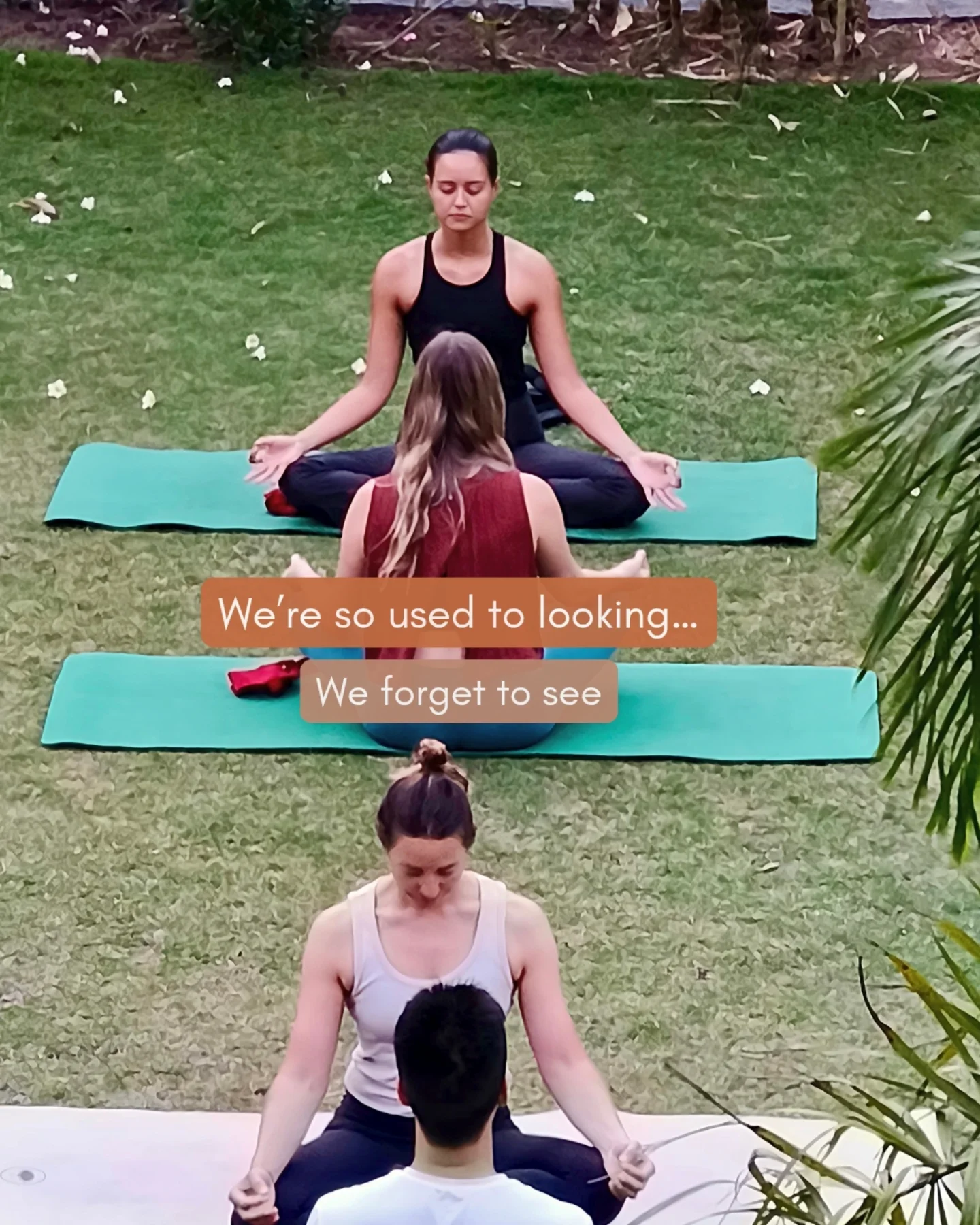
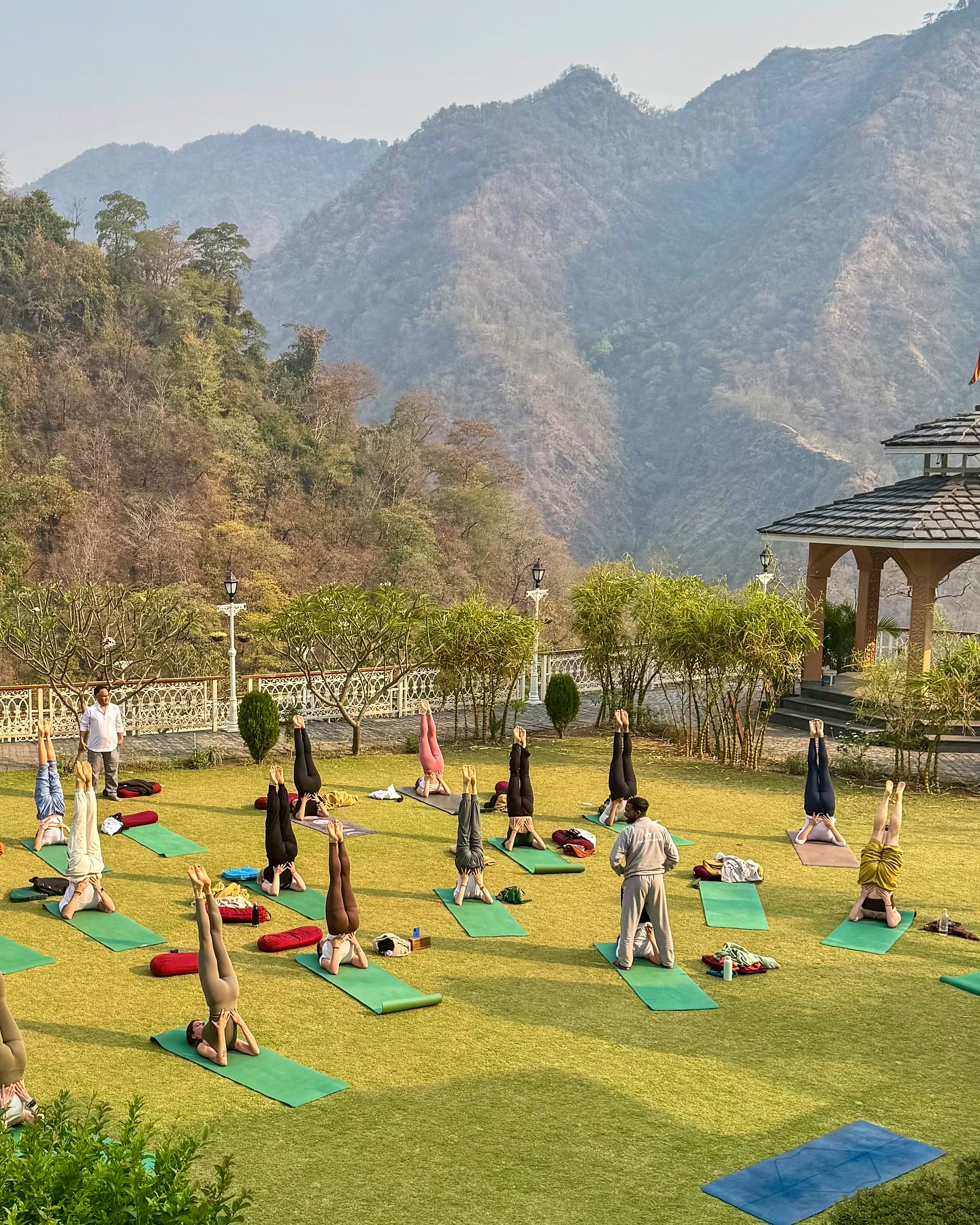
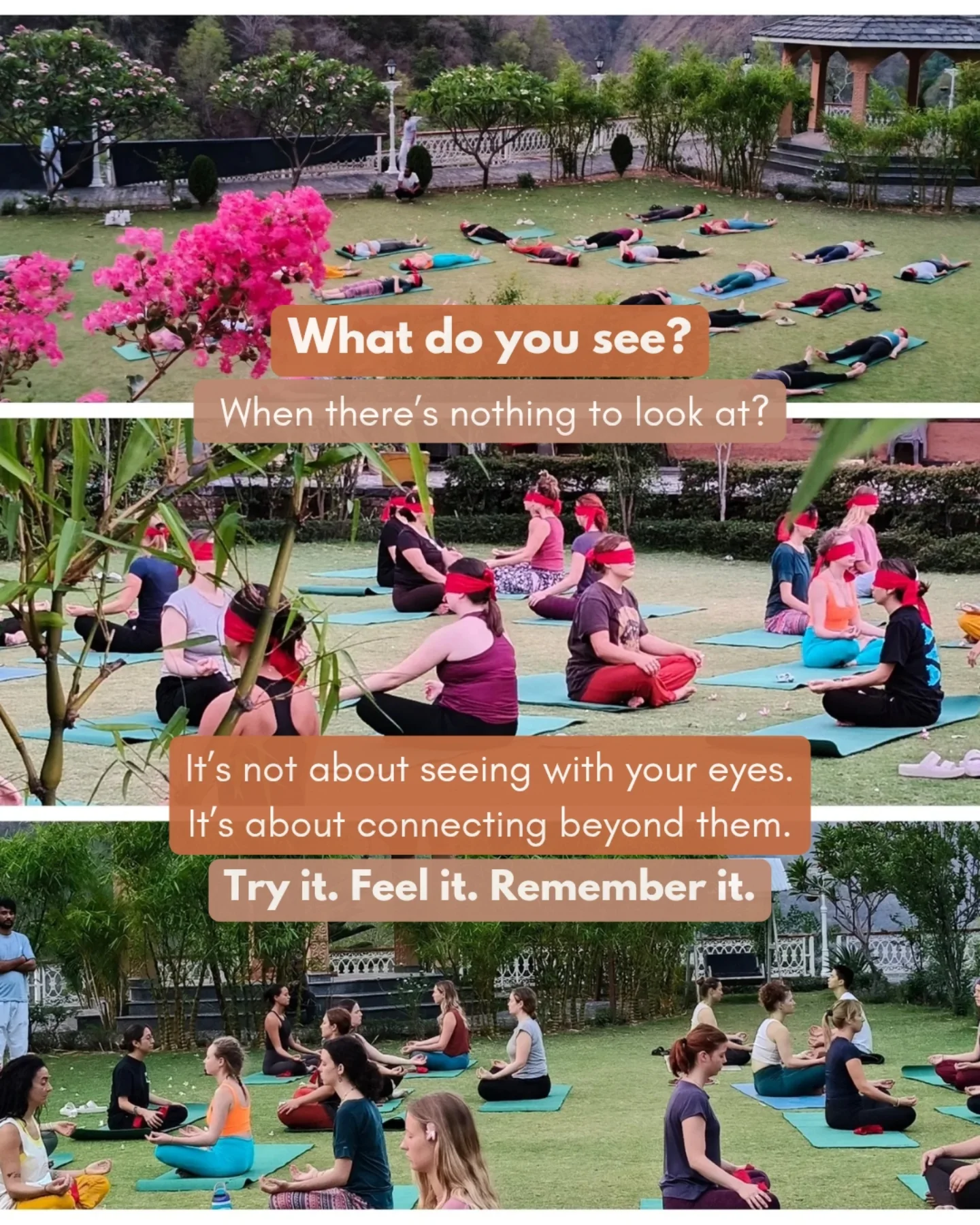
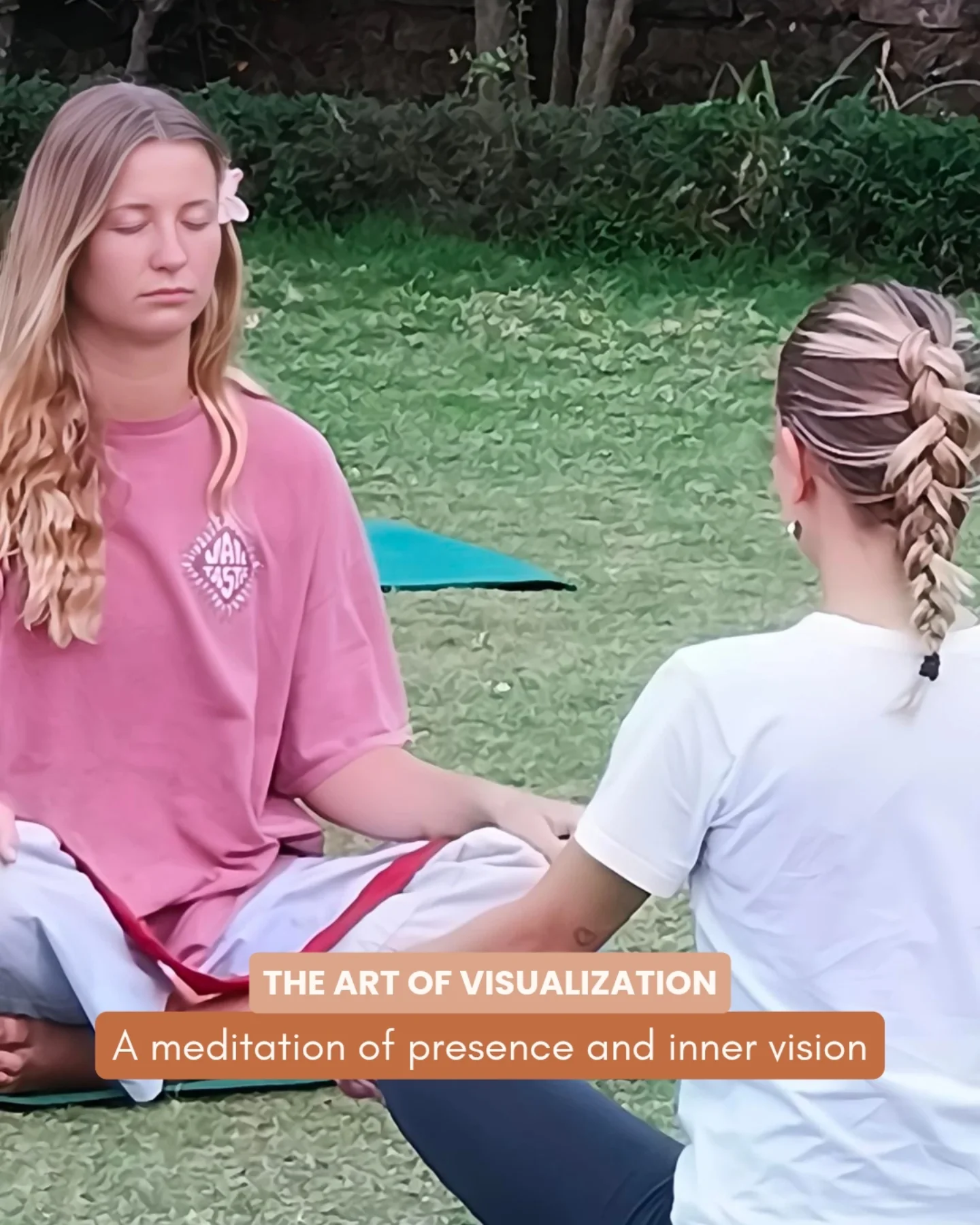
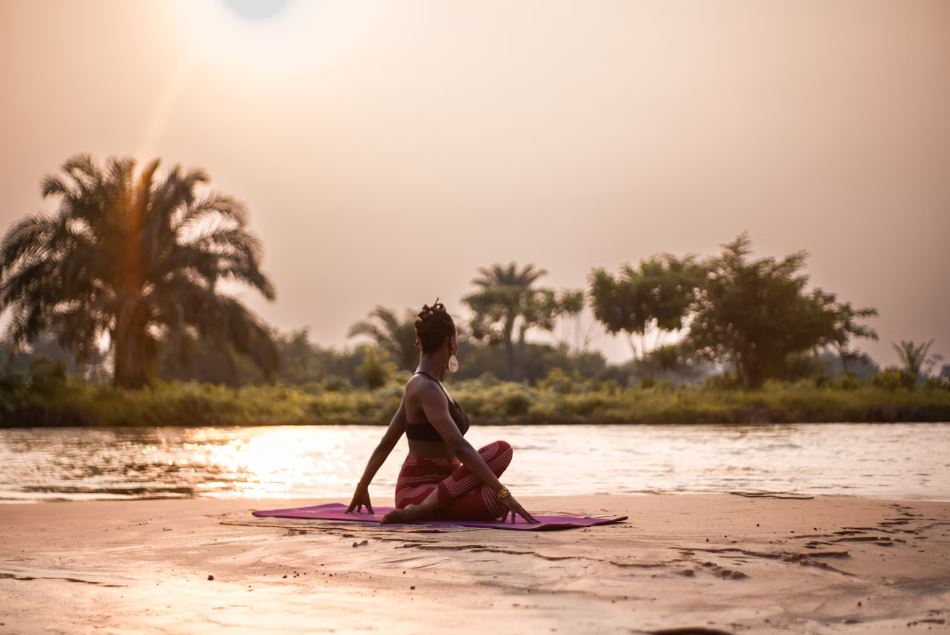
Leave a Reply